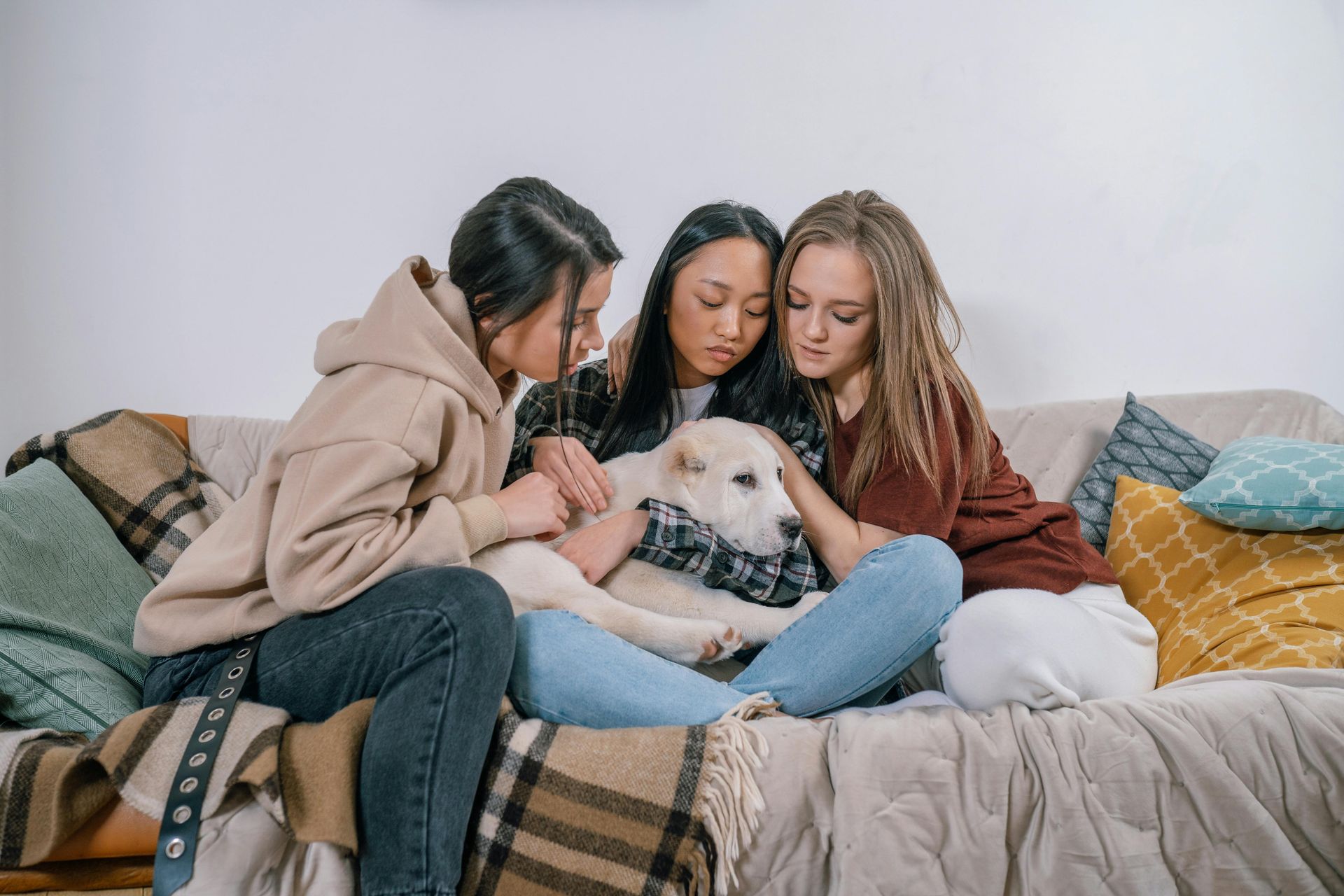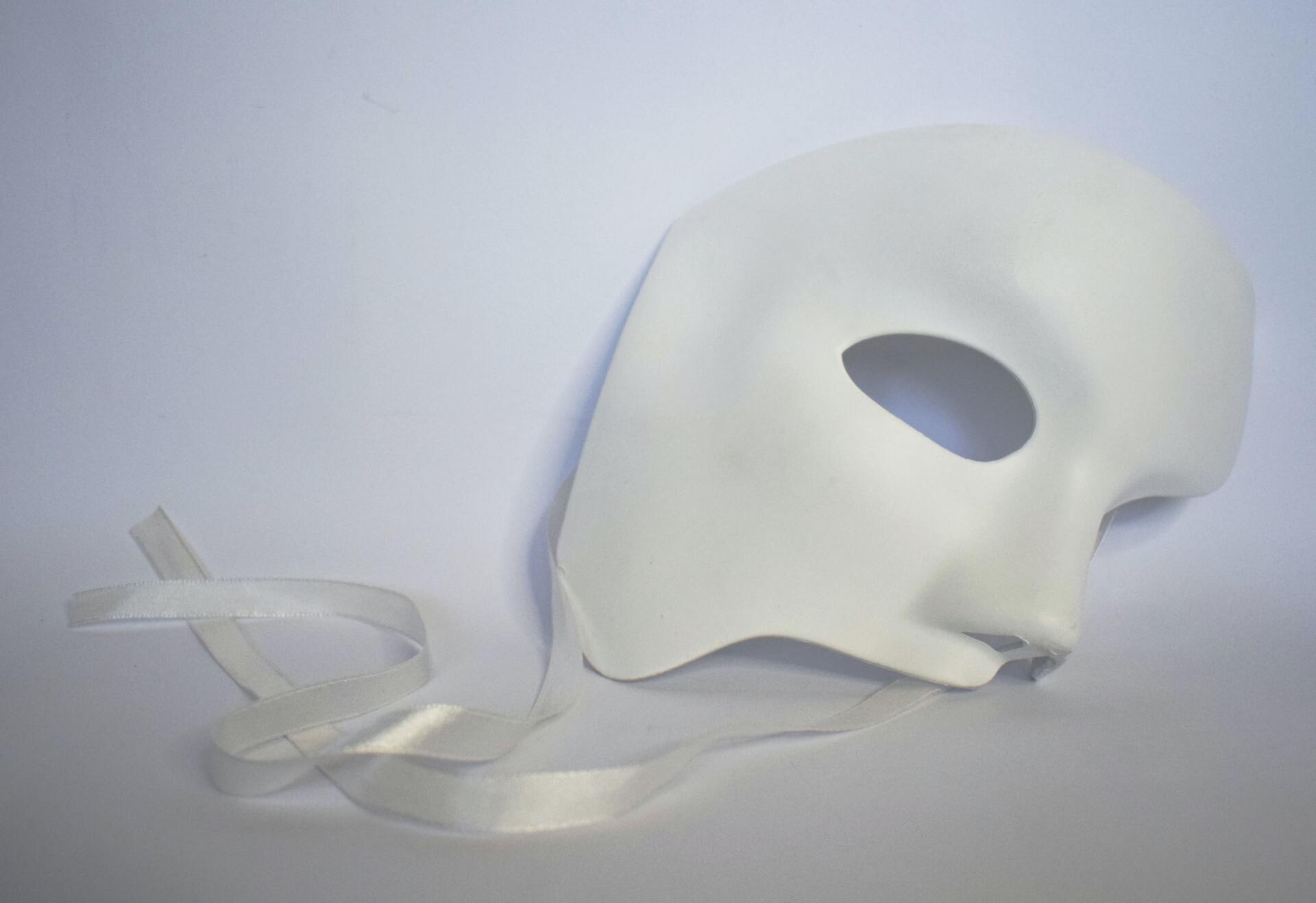By Erik Michalik
•
November 20, 2020
Let’s put something into perspective here: each day consists of 24 hours. Of those, it is recommended that each person sleep approximately eight hours per night. According to these numbers, we spend one third of our entire lives asleep, yet for some reason the majority of us are choosing to ignore the importance of this inevitability. Sleep alone can improve our stress , memory functioning, alertness, mood, immune system, hormone functioning, and weight, to name a few. There are no quick fixes or super pills anyone can take for instant success but sleep is truly one of the closest natural aspects we can improve on in order to benefit almost EVERY aspect of our lives. So what can we do to improve our sleep? Define Your Why A recurring theme when deciding to make changes in our lives is defining our ‘why’. Any meaningful action requires meaning or purpose for it to be achieved. No matter how complex or simple it is, when you have a reason to do something, you are more likely to actually follow through with it. Remember to remind yourself why you want to focus on this area of your life. This will be particularly important when the going gets tough or if you fall victim of your previous routine way of functioning. Remember, meaningful change (in this case, sleep) does not happen overnight. Limit Blue Light Exposure Cutting out screen time before bed is one of the most effective ways to improve sleep quality. However, I’m fairly confident that most of you reading this will end the last moments of your night on a screen, whether it's a phone, computer, iPad, or the television. Throughout human evolution, humans evolved to be awake when the sun was up and to fall asleep when the sun went down. The problem with blue light specifically is that it has shown to stimulate the brain in areas that are active during alert day hours, disorienting the body’s natural preparation for sleep. Furthermore, blue light suppresses melatonin production (the hormone that makes you sleepy) and elevates cortisol (the hormone associated with stress ). Mariana Figueiro, PhD., found that two hours of screen time before bed displayed a suppression in melatonin levels in the brain (Figeuiro et. al., 2011). In fact, even when our eyes are closed, we have photo-receptors all over our skin that absorb light just as our retinas in our eyes would. Thus, having screens on anywhere around our sleeping areas is problematic. Tips to manage blue light exposure: Setting a screen time curfew Wearing blue light protective glasses Turn on blue light blockers on devices, i.e. phones and computers (f.lux and Nightshift are recommended for iOS users and Twilight for android users) Instead of watching TV, movies, or YouTube before bed, listen to a podcast or audiobook with the screen off or on sleep mode. Ensure your room is completely pitch black at night, with no lights on, curtains closed, and any technology still on should be covered. For those of you who sleep with a light on, it’s recommended to buy a red light for your bedroom. Not only do these look cool but red light on the visible light spectrum has been shown to have little to no effect on both melatonin and cortisol levels. This is hypothesized to be due to the fact that humans have evolved sleeping by fire throughout human history (Stevenson, 2016). Caffeine Consumption Before getting into what you can do to manage your caffeine consumption, let’s take a simplistic look at what caffeine actually does to the brain that impacts our sleep. During normal functioning hours, the brain slowly accumulates a chemical called adenosine that binds to receptors to slow down brain activity and make you feel tired. The longer you are awake, the more tired you feel. Where caffeine comes into play is that it is shaped very similarly to adenosine and it binds to brain receptors. When these receptors are blocked by caffeine instead of adenosine, this tricks the brain into thinking it's not tired. Caffeine has a half-life of about 6-8 hours. A standard cup of coffee has roughly 150g of caffeine in it. What this means is that after about 6-8 hours there is still about 75g of caffeine in your system. Therefore, the timing of your caffeine consumption is just as important as the quantity. With this being said, the best strategy involves setting a caffeine curfew in order to reduce the amount of caffeine in your system by bedtime. It is recommended to cut out all sources of caffeine approximately 8 hours before bed. This includes coffee, caffeinated teas, espresso, or any other source of caffeine. Change Your Mindset in Regards to Sleep Although the other two points mentioned will probably apply to most readers, this one was the most influential point towards improving my sleep. I associated sleep with a negative outlook, specifically with loss of time. I knew through research and extensive thought that if I was going to improve my quality of sleep I was going to have to change my mindset. That isn’t the easiest task, especially when you spend years of your life thinking you dislike something. Some things that I did that helped me with this was reinforcing my why . The more I thought about why I was addressing my sleep, the easier it became to desire wanting sleep. Once I slowly worked towards this, I found that my anxiety associated with loss of time began to reduce and I was able to associate sleep with a positive mindset. Meditate Mindfulness is the act of becoming aware in the present moment, without judgement. The practice of mindfulness through mindful meditation can provide an opportunity to create mental space at bedtime and to help you feel more relaxed. Mindfulness can also help you to cope with negative thoughts surrounding sleep and to help you shift your focus to your body and to be present. This technique is easily accessible by downloading free apps or using beginner guided sleep meditation videos on YouTube. Other Minor Tips to Improve Your Sleep Journaling is an excellent release before bedtime, especially if you are an over thinker. Letting out the thoughts on paper and getting them out of your head will allow you to focus more on sleep and less on what’s on your mind. Invest in a good mattress. As mentioned earlier, we are going to spend about one third of our lives sleeping so why not ensure that we get the best sleep possible? If you are not in an ideal financial situation at the moment, perhaps investing in a proper mattress isn’t realistic. For you, I suggest buying a memory foam topper or just a mattress topper. This is an inexpensive way to improve sleep quality. Sleep and wake at consistent hours. Our super complex yet lazy brain loves to work off of routines so do your brain a favour and go to bed and wake up around the same time. This will make the process easier on yourself and will make you less likely to give up from frustrations of not being able to accomplish what you set out to. Do not, and I repeat do not, do any work or eating or anything in your bed besides sleep. The brain works off of associations so don’t confuse your brain into thinking your mattress is an office, movie theater, or a kitchen table. This is just the beginning when it comes to ways to improve your sleep, as solutions often depend on one’s specific sleep challenges. However, trying any of these tips can be beneficial as improving our sleep is crucial to improving our physical and psychological well-being. Best of luck on your sleep journey and sweet dreams. Written By: Erik Michalik, M. Psy Candidate, BASc, Edited/Reviewed by : Chantal Legere, M. Psy References Figueiro MG, Wood B, Plitnick B, Rea MS. (2011) The impact of light from computer monitors on melatonin levels in college students. Neuro Endocrinol Lett .; 32(2):158-63. PMID: 21552190. Stevenson, S. (2016). Sleep smarter: 21 essential strategies to sleep your way to a better body, better health, and bigger success . New York, NY: Rodale Books. Photo by Andrea Piacquadio from Pexels












